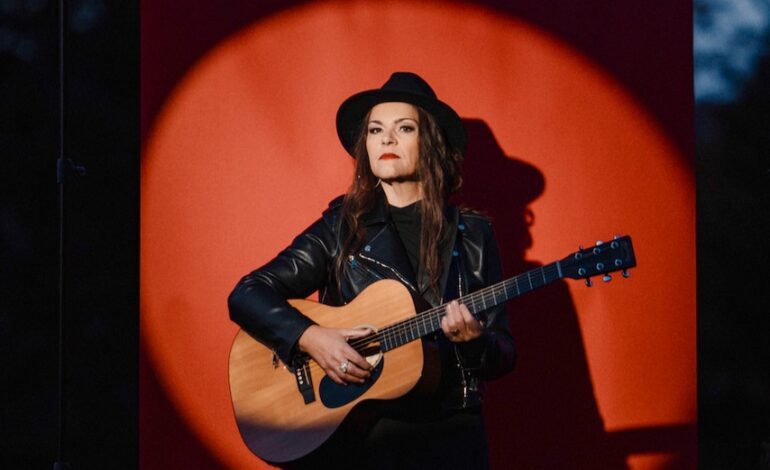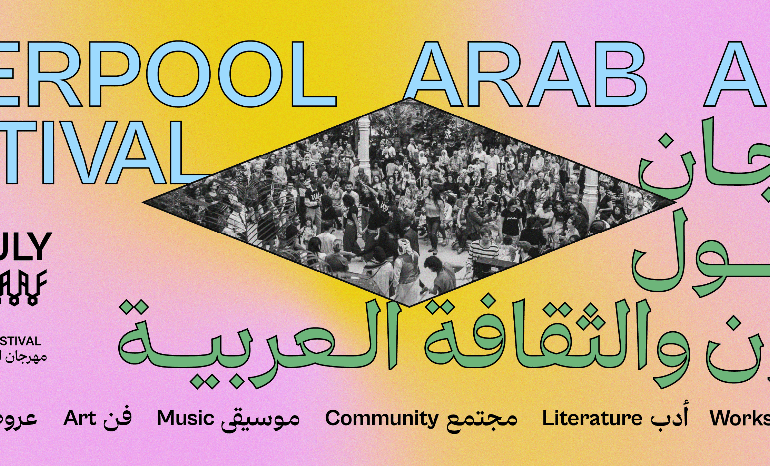Detroit-based producer and genre-bending visionary JMT has released his electrifying new single “Yes, I Can” ft. Daniel Hex, a daring sonic experiment that blurs the lines between GhettoTech, Techno, and classic R&B. Lifted from the accompanied album, GHETTOTECHTROPOLIS, the track is inspired by the high-energy pulse of artists like HiTech, MCR-T, and DJ Godfather, this track serves as a bold blueprint for the evolving sound of Detroit’s underground dance scene.
How does Detroit’s music history influence the way you approach sound today?
Detroit’s rich techno and electronic music history makes me appreciate creating new sounds and experimenting inside the studio more often than usual. Due to the songs I’ve released with Kevin Saunderson and KMS Records, I’ve revisited what made records from Detroit in the ’80s and ’90s so legendary that they remain in constant rotation. So, I take that same energy and focus on creating music that not only feels great, but also feels like it could stand the test of time 20 years from now. I always want my music to feel familiar yet ahead of its time. So, Detroit’s history and being around legendary musical acts have made me focus on longevity in my music.
What drew you to blend such contrasting genres — GhettoTech, R&B, Techno — into one track?
I grew up listening to and loving a lot of R&B. My dad would often play house music, but I didn’t appreciate it as much as when my mom would play Neo-Soul, R&B, and more melodic backpack rap from Chicago. So, a lot of my approach is with chords and melodies. I also grew up playing the drums, so mixing something that’s super upbeat and has a lot of drive behind it was a no-brainer. My DNA was designed to blend these two genres seamlessly into one track in every way possible.
“Yes, I Can” sounds both futuristic and nostalgic — how intentional was that duality?
We aimed to do this in every way possible. For me, it was mainly about the production being clean and open. Small details, like the voicemail at the start, helped build a classic “heartfelt” record, which I leaned into. I had the same focus when it came to the melodies. We wanted something reminiscent of a 90s R&B record with a cutting-edge edge, featuring big 808s and Detroit-based claps and percussion throughout.
JMT, how would you describe your musical evolution from your earliest tracks to now?
Adventurous. My earliest tracks were me mimicking my favorite artists, like Tyler, the Creator, Pharrell Williams, and Justin Timberlake. But, you could hear influences in whatever I found cool at that time in my life. But now, I create music from a place of childlike curiosity. I’m often in the studio making music that I haven’t heard before, or I know someone hasn’t tried to do it. A lot of curiosity goes into the sounds we produce now.
What’s something about the Detroit dance scene people outside the city might not fully understand?
Dance music never really died. It’s a thriving culture here. I can only safely assume that people still call Detroit the Techno City, because no matter where you’re from, you hear the music and can’t help but move. There are still generational talents performing at bars, young DJs making their first records, and many people carrying vinyl and spinning in public. Detroit is truly a DJ’s paradise, and the dance scene remains alive and well.
How do you navigate creative compromise in collaborations while staying true to your own voice?
In every studio session that I go into, I always say out loud, “We’re going to do something that both of us have never done. The sounds can be familiar, but we both will try something new.” I go into collaborations with an almost combat training mindset. The studio is our spare space, and we’re there to make each other better. So, whenever people hear the record, they can notice that we’re being ourselves, but we’re growing sonically with them.
Do you think the line between underground and mainstream in dance music is shifting? If so, how?
I think it is. I’m watching dance music rise to prominence again. It never gained traction around the world, but in America, it’s being reborn. If anything, I’m noticing that more people are leaning into GhettoTech, House, and Techno more than ever. I’m just excited that I’ve been blessed to be one of the many individuals in the spotlight with the shift.
What role does visual storytelling (album art, music videos, etc.) play in your releases?
It plays a significant part in everything. I notice that I get so deeply into it that it becomes a part of my day-to-day life, including my fashion choices, the music I listen to, and how I present myself at gigs, all of it. The artwork and visual elements represent the music almost perfectly. The beautiful part is that when it’s over, the era ends completely. I show up on the next album as a new person with a new mindset, look, and sonic soundscape.
If you could play “Yes, I Can” at any venue or setting in the world, where would it be and why?
I want to hear “Yes, I Can” in a big open-air festival inside of a large city somewhere in Europe. The sonics just sound like large buildings, large communities, and large feelings from lovers spilling onto the dance floor. Oh, and it should be raining if I can get it like that. Besides that, I’d love to hear “Yes, I Can” playing at Madison Square Garden.


